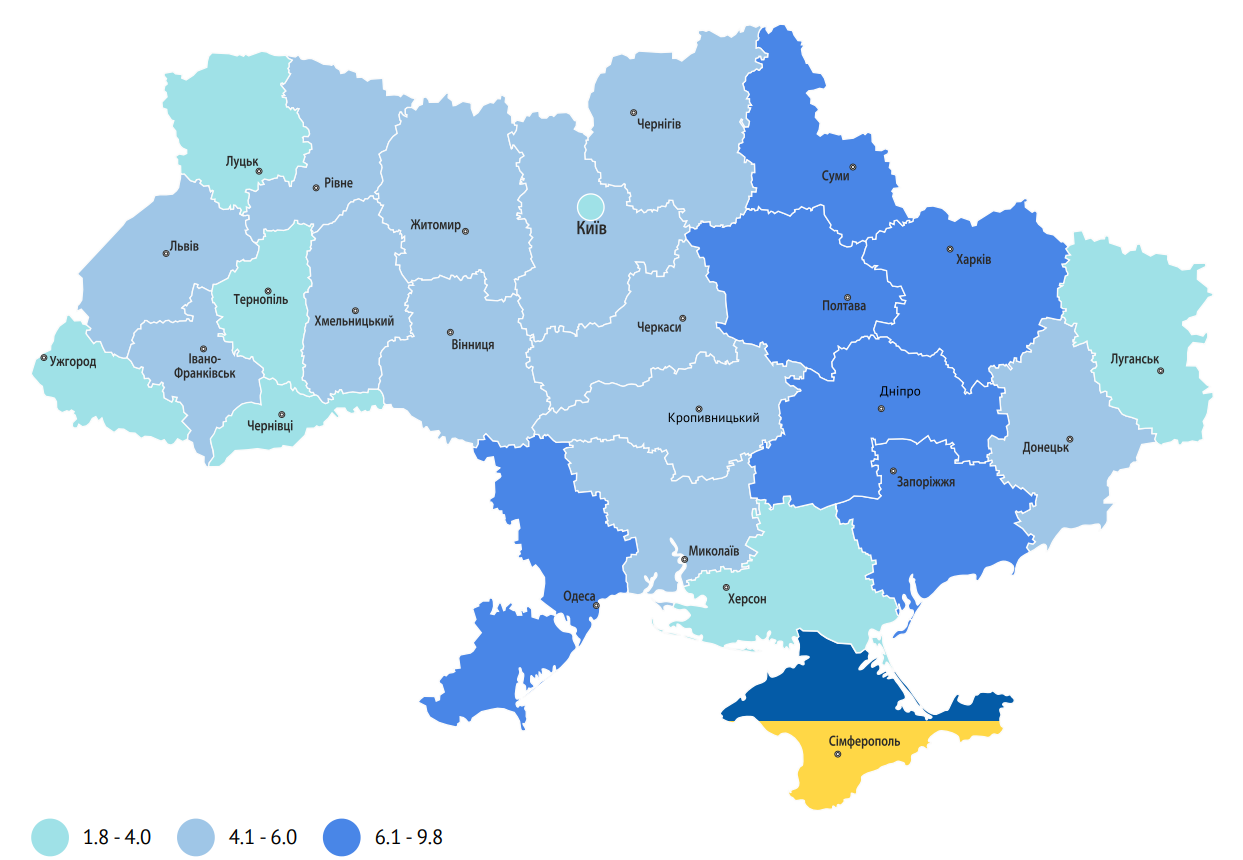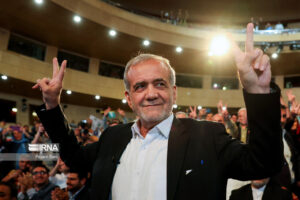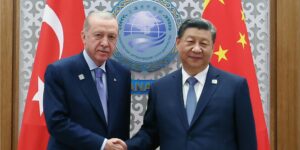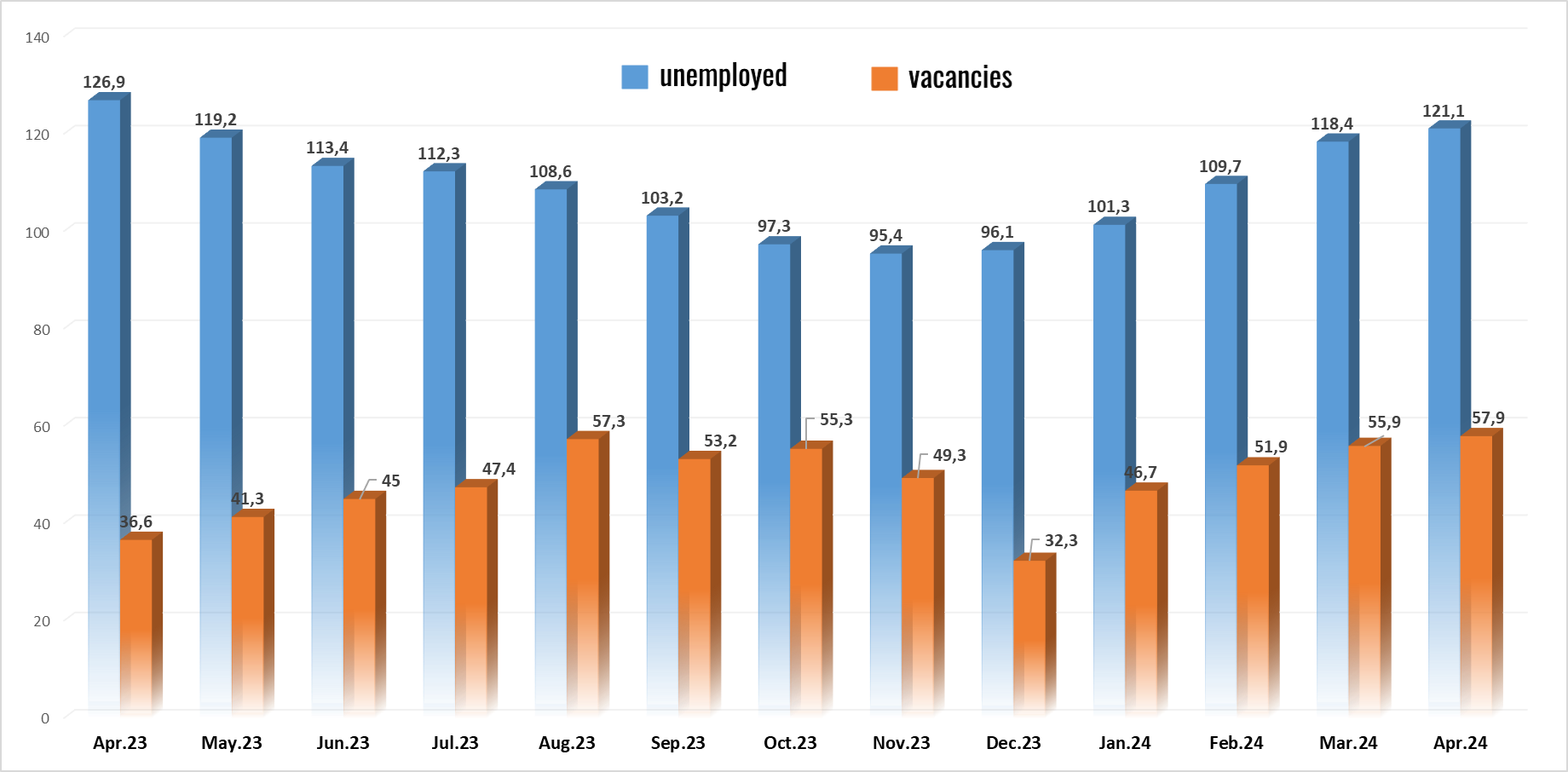
Yaroslava Maguchikh from Dnipro, the bronze medalist of the 2020 Olympic Games in high jump, on Sunday set a world record by clearing the bar of 2m 10cm.
At the Diamond League stage in Paris, where the Olympic Games will start soon, she broke the record of Stefka Kostadinova from Bulgaria, which had been held since 1987 – 2 m 9 cm.
Before that, at the same competition, Maguchichykh renewed her personal record of 2m 7cm.
Number of unemployed people registered in public employment service as of 30.04.2024 (in thousands)

Source: Open4Business.com.ua and experts.news

The British government will stand by Ukraine, the country’s new prime minister Keir Starmer pledged on Saturday.
“I will emphasize, as I did yesterday when I spoke to Ukraine’s president Zelensky, that we will stand with our allies to support his country,” he said, referring to next week’s NATO summit in Washington.
According to The Guardian, Starmer said he has already had a number of phone calls with foreign leaders to “establish relationships and have important discussions about Ukraine and other key topics.”
Starmer is the head of the election-winning Labor Party. He took over as head of government on Friday and the new British cabinet held its first meeting on Saturday.

Former Iranian parliament member Masoud Pezeshkian has won Iran’s presidential election, Tasnim news agency reported.
“The second stage of the presidential election was held on Friday, July 5, and according to the results of vote counting, Masoud Pezeshkian was elected president of the Islamic Republic of Iran,” the report said.
The agency noted that such a conclusion was made, “according to the announcement of the election headquarters spokesman, based on the counting of 30 million 530 thousand 157 votes received from all offices inside and outside the country.”
Earlier, the Experts Club think tank presented an analysis of the most important elections in the countries of the world in 2024, more video analysis is available here – https://youtu.be/73DB0GbJy4M?si=eGb95W02MgF6KzXU.
Subscribe to Experts Club’s youtube channel here – https://www.youtube.com/@ExpertsClub

Turkish authorities are set to announce an agreement with Chinese automaker BYD Co. to build a $1 billion company facility in the country, Bloomberg reported.
According to the agency’s sources, Turkish President Recep Tayyip Erdogan will announce it on Monday at a ceremony in Manisa province, where the plant is planned to be built.
The opening of the plant in Turkey could make it easier for BYD, China’s largest electric car maker, to access the European Union market, with which the country has a customs agreement.
The day before, the European Commission imposed additional duties on imports of Chinese electric cars into the EU. For BYD Co. this duty amounts to 17.4%. Previously, the EU already had 10% duties on imports of electric cars from China.
The Turkish market is also of interest to BYD. Last year, cars with electric engines accounted for 7.5% of car sales in Turkey.
On Friday, it became known that the Turkish authorities refused to introduce an additional duty of 40% on imports of Chinese electric cars into the country, which was announced in June. This came after Erdogan’s talks with Chinese President Xi Jinping on the sidelines of the Shanghai Cooperation Organization (SCO) leaders’ meeting in Astana.
Number of unemployed in Ukraine and job opportunities, 2023-2024

Source: Open4Business.com.ua and experts.news